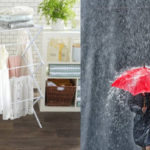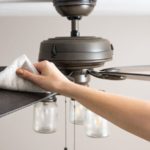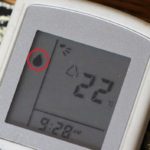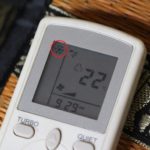Dampness is one of the biggest annoyances during the early spring weather in the North. How to overcome this situation? What mistakes should be avoided?
The following moisture-proof methods will help your home be cleaner, drier, and more pleasant-smelling.
Set the air conditioner to dry mode
Setting the air conditioner to dry mode is an effective way to combat dampness. This mode reduces the humidity in the room; the fan and the air conditioning system still run but do not emit cold air.
Use moisture-absorbing materials
Place moisture-absorbing boxes or bags in the room, under the furniture, and in areas with low humidity. Moisture-absorbing beads with silica gel absorb water from the air.
Use a dehumidifier
This is one of the easiest and most effective ways to combat dampness in your home. Dehumidifiers quickly and safely remove moisture from the air, reducing the risk of developing mold and bacteria, which is essential when there are elderly people, children, or sick people in the house.
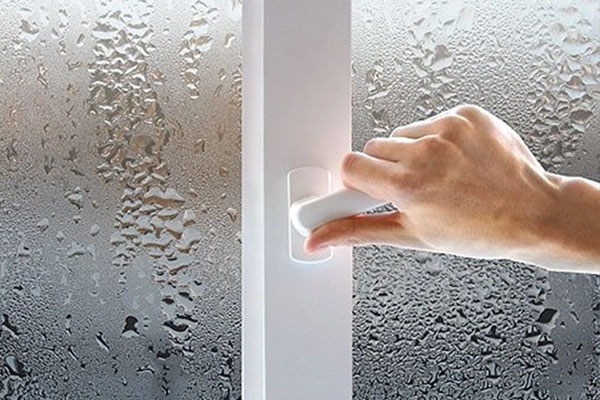
Sealing the gaps is an effective way to prevent dampness.
Seal the gaps
Close the doors and seal the gaps with newspapers or foam tape. This method helps limit the entry of moisture into your home.
Use a clothes dryer
A clothes dryer will be a useful assistant for you on those uncomfortable humid days when clothes do not dry after washing, emit an unpleasant odor, and promote the rapid development of bacteria and mold.
Use quicklime as a moisture absorber
Put about 10-15 kg of quicklime in a cardboard or wooden box and place it in the corners of your home. Quicklime can effectively absorb moisture. However, do not use this method if there are children in the house.
Use essential oils
Although essential oils do not reduce the humidity in the air, they have antibacterial effects and make your home more pleasant-smelling, reducing unpleasant odors and mustiness caused by damp weather. The most suitable oils are citrus, lemongrass, peppermint, lavender, and eucalyptus.
Mistakes when combating dampness
During the humid season, many families struggle to keep their homes dry. However, sometimes your efforts to combat dampness can backfire.
To prevent your home from becoming even more humid during the damp season, you should avoid the following common mistakes:
Closing the door and turning on the fan
Closing the door and turning on the fan to dry your home is a common mistake when combating dampness. The fan does not help evaporate the moisture as you may think, especially when the room is sealed. The cold air from the fan can even lead to stronger condensation, causing larger water droplets to form and making your home even more humid.
Opening the windows
Many people open all their doors and windows, hoping that the moisture will escape. However, the outside weather is also humid and may even be more humid. Moisture will flow into your home, making your efforts to reduce indoor humidity in vain. Therefore, it is best to close all doors and windows to minimize the space for moisture treatment and protect your hard-earned results in combating dampness.
If there are periods of sunny and dry weather during the day, take the opportunity to open the door to let the sunlight “dry” your home, kill bacteria and mold, and reduce unpleasant odors. However, be sure to close the door when this weather ends.
Mopping the floor with water
Mopping the floor in the usual way (using a wet mop or dipping the mop into water) is like adding fuel to the fire. The floor is already wet, and you make it wetter with this additional water, which does not evaporate when the air is saturated.
The right way is to lay newspaper to absorb moisture or mop the floor completely dry.
According to VTC
How to Choose the Best Air Conditioning Setting for a Humid and Damp Home
As the cooler temperatures of winter and spring begin to set in across the Northeast, families are confronted with an additional worry – how can they protect their homes from mold and dampness? While a dehumidifier is an effective measure, are there other air conditioning or cooling methods which can be used to ensure the air remains free of moisture and fungi?

























